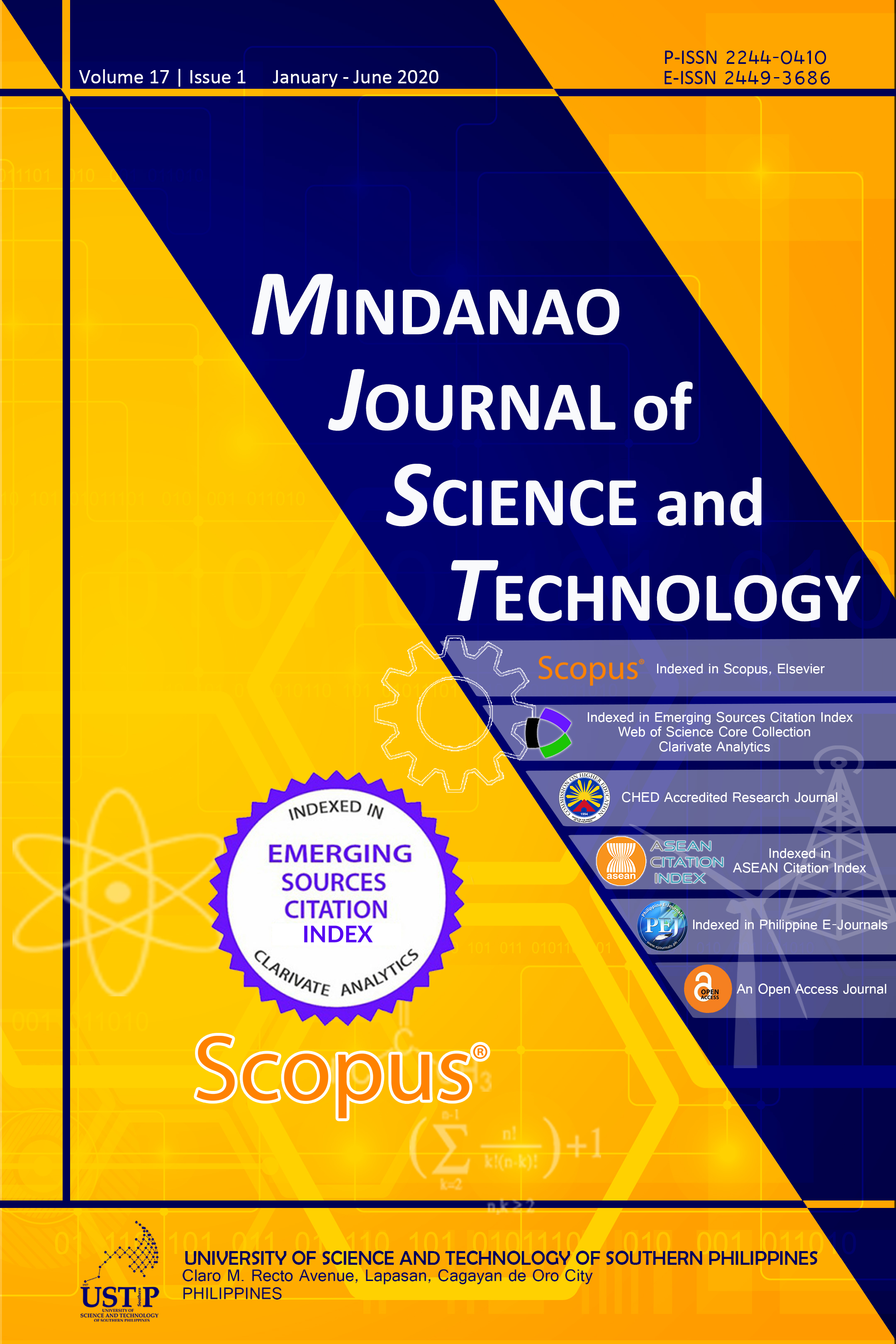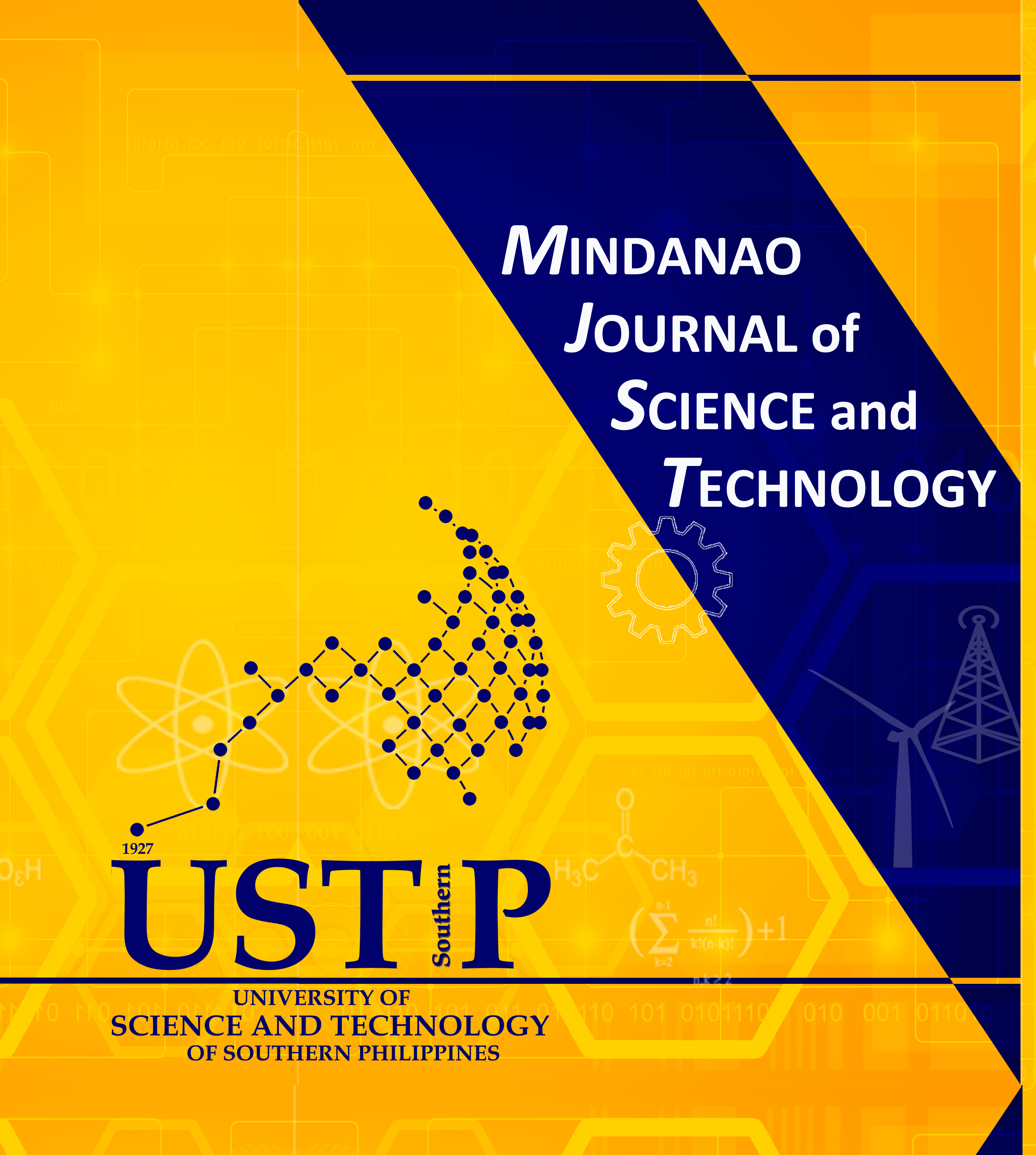A Comparative Analysis of Techno-Economic Viability of Hybrid Renewable Systems as Sustainable Alternative for Energizing Selected Base Transceiver Station in Ogun State, Nigeria
Keywords:
base transceiver station, cost of energy, hybrid renewable system, life cycle costAbstract
This paper presents a comparative analysis of techno-economic viability of four different system configurations (photovoltaic [PV]/diesel generator [DG], PV/battery [BAT], DG/BAT and DG-only) for energizing outdoor telecommunication sites located within the latitude 7.15˚N and longitude 3.35˚E of Abeokuta, Ogun State, Nigeria. The site used in this study has a maximum and average load of 1697 W and 39.6 kWh/day, respectively. Among all configurations examined, PV/BAT system configuration achieved the lowest life cycle cost (LCC) of ₦133,064,109 and cost of energy (COE) of ₦0.70 with a renewable fraction of 100%, adjured as the most cost-benefit configuration. However, the configuration with the least initial capital cost of ₦4,375,000 (DG-only) was the worst system configuration due to its high LCC (₦593,667,359) and COE (₦12.95). Suffice it to know that both high fuel consumption and exorbitant cost of maintenance account for this unfavorable scenario of DG-only system configuration. In line with the results obtained, it is unarguable that the system configuration with least initial capital cost might not be necessarily be the most suitable system configuration for any proposed telecommunication site. Conclusively, hybrid renewable system configuration showed superior performance relative to the long-used orthodox DG-only system.










